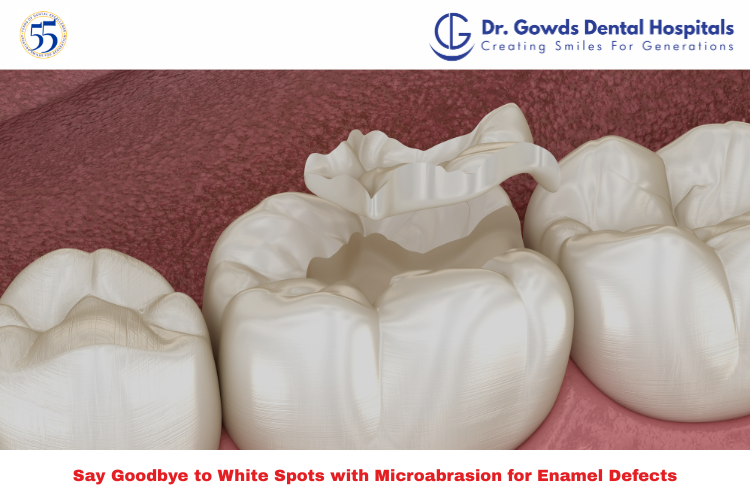Schedule Appointment




Have you ever noticed those little imperfections on your teeth—like white spots, weird discolorations, or rough patches—and think, “Ugh, if only I could fix that without a ton of fuss”? These enamel defects can definitely mess with your smile and even chip away at your confidence. The usual fixes—think drilling or bleaching—can sound pretty intense, right? Well, that’s where microabrasion comes in. It’s a clever, minimally invasive dental treatment that smooths out those flaws without taking a hammer to your teeth.
Imagine a super gentle way to polish your teeth that involves removing just a super thin outer layer of enamel to get rid of stains and imperfections. Microabrasion uses a mild acid combined with a fine abrasive paste to carefully buff away the damaged enamel on the surface. It’s kind of like giving your teeth a light exfoliation, but way more precise and safe. Unlike more aggressive treatments that can involve drilling or harsh bleaching chemicals, microabrasion focuses solely on the surface, leaving the inner structure of your tooth untouched.
This technique was originally designed to treat superficial enamel problems, but over time it’s become a favorite for tackling cosmetic issues caused by conditions like dental fluorosis (those annoying white spots from too much fluoride), enamel hypoplasia (where enamel doesn’t fully develop, leading to rough or thin spots), and other minor discolorations.
Microabrasion works best on mild to moderate surface-level enamel problems. Here are some common examples:
Now, if your enamel issues go deeper or are more widespread, microabrasion might not be the best fix. Your dentist could recommend other options like veneers or bonding, but for surface stuff, microabrasion is usually spot-on.
The cool thing is that microabrasion is simple, quick, and usually done in just one or two visits. Here’s the step-by-step:
Best of all? This procedure doesn’t hurt and usually doesn’t require any numbing shots. So if you’re nervous about needles or drills, this is definitely a relief.
Here’s why this treatment is winning hearts in the dental world:
All in all, it’s a fantastic first step if you want to improve your smile without jumping straight into more invasive procedures.
Microabrasion is ideal for people with mild to moderate enamel defects who want a gentle, cosmetic fix. It’s especially popular among teenagers and adults who have:
If your stains are deeper or your teeth have bigger structural issues, your dentist might suggest veneers, composite bonding, or other restorative treatments instead.
To make sure the glow lasts as long as possible, you’ll want to:
With a little care, your refreshed smile can stay looking great for a long time.
Microabrasion is generally safe and effective, but it’s good to know its limits:
Always chat with your dentist to make sure microabrasion is the right choice for your teeth.
Microabrasion offers a conservative, safe, and effective solution for improving mild enamel defects without invasive procedures. If you want to enhance your smile while preserving your natural teeth, talk to your dentist about whether microabrasion is a good fit for you.
Visit us at–
No. The procedure is gentle and usually pain-free without anesthesia.
Typically one or two sessions achieve the desired results.
No, it’s most effective on surface discolorations. Deeper stains may require other treatments.
With good oral care, results can last several years.
Yes, especially for teenagers with early enamel defects, but a dentist’s evaluation is necessary.